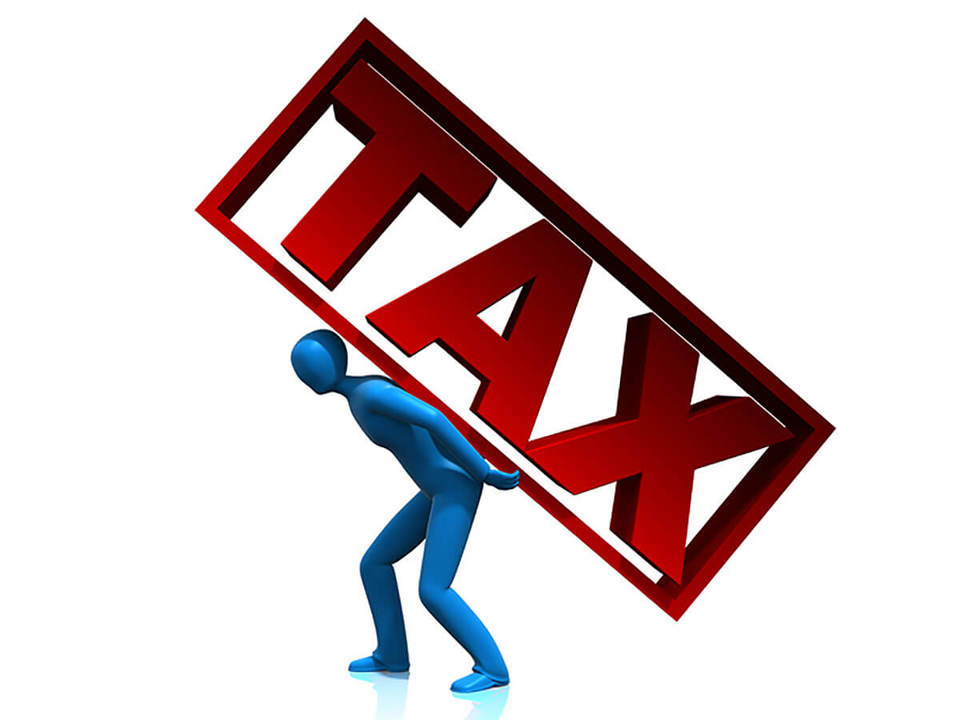Keeping abreast of Government policy and running a low carbon fleet are the top priorities for maintaining a tax-efficient fleet., says Matt Dyer, commercial director, LeasePlan UK.
That sounds simple enough, but fleet managers need to take into account corporation tax, VAT and National Insurance Contributions, and it’s not enough just to understand current legislation.
With many companies operating a fleet replacement cycle of three or four years, changes announced several years in advance need to be taken into consideration by companies and their employees to help avoid unpleasant surprises.
Companies are eligible for tax relief on certain costs, such as vehicle leasing, which reduces the corporation tax they have to pay. To maximise the level of tax relief, choosing low emission vehicles is key.
Based on current legislation, if a car has CO2 emissions of 160g/km or below, then the full cost of the lease rental will attract tax relief.
However, this CO2 threshold will be reduced to 130g/km from April 2013 and companies should be preparing now for this change.
Where a car has CO2 emissions above 130g/km, 15% of the tax relief calculated will be subject to a lease rental disallowance – i.e. tax relief is applicable only on 85% of the leasing cost. This can make for a substantial cost difference when multiplied over the size of the fleet.
When employees receive a company car they are taxed on the benefit-in-kind (BIK) liability, calculated from the vehicle’s value and its CO2.
The employer also has to pay Class 1A National Insurance Contributions (NIC), calculated at 13.8% of the BIK value. That means that encouraging employees to choose low carbon vehicles not only keeps the employee’s BIK charge low, it also reduces the employer’s NIC payment.
The examples show the tax burden associated with low and high emissions vehicles. The cost difference is clear in year one, and becomes even more significant if the four-year duration of the retention period is taken into account.
Based on Government announcements to date, the ‘appropriate percentage’ used to calculate BIK tax based on the vehicle’s emissions is also set to increase year-on-year, meaning the tax burden will increase for all vehicles, but particularly for higher emission vehicles.
This is just a snapshot of some of the simplest dynamics, which are vital to understand to optimise your corporate fleet.
LeasePlan has produced a guide to help people understand vehicle taxation, in association with Deloitte.
Tax optimisation is complex and requires continuous review, but there is plenty of expert help available. Getting it right can save tens of thousands of pounds on your overall fleet costs.
LeasePlan’s guide to fleet taxation, Fine Tuning Your Fleet, produced in association with Deloitte, is available to download at www.leaseplan.co.uk.
Matt Dyer, commercial director, LeasePlan UK
















Login to comment
Comments
No comments have been made yet.